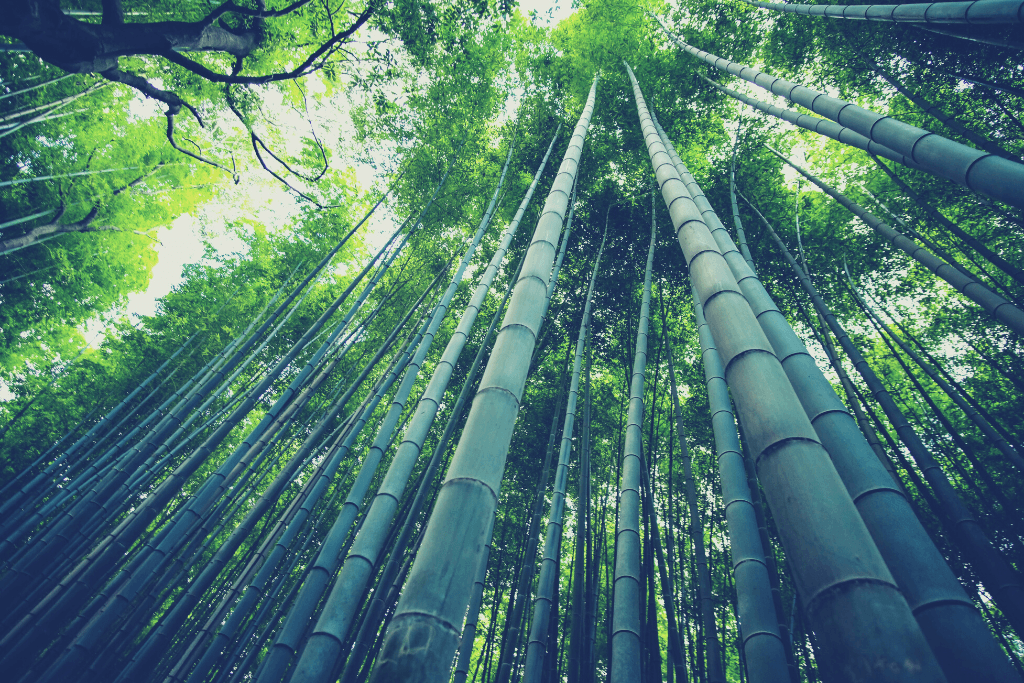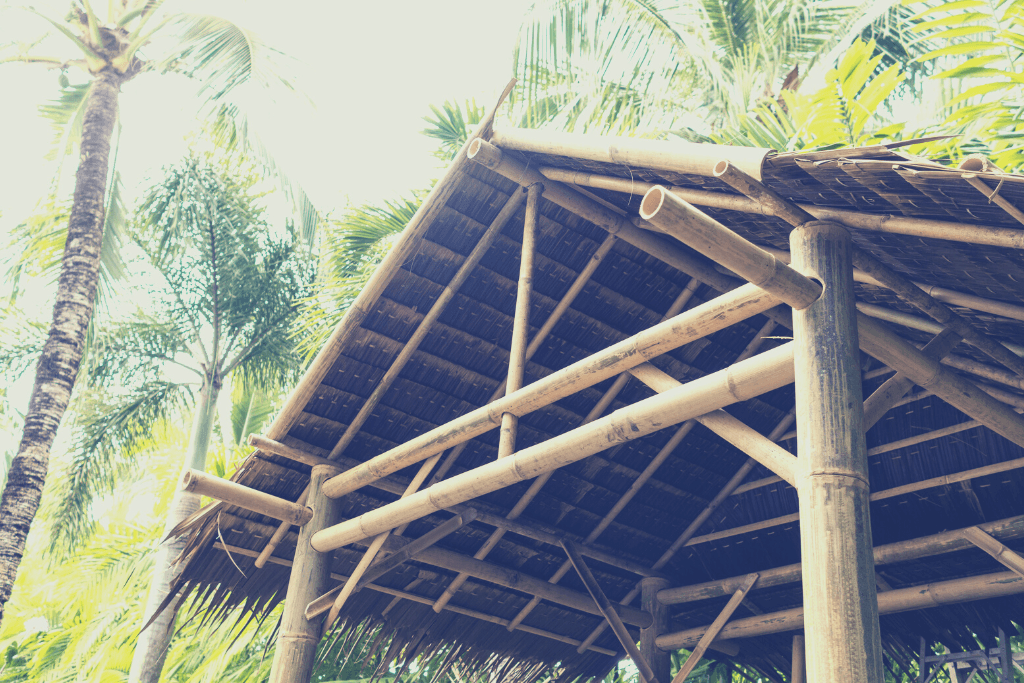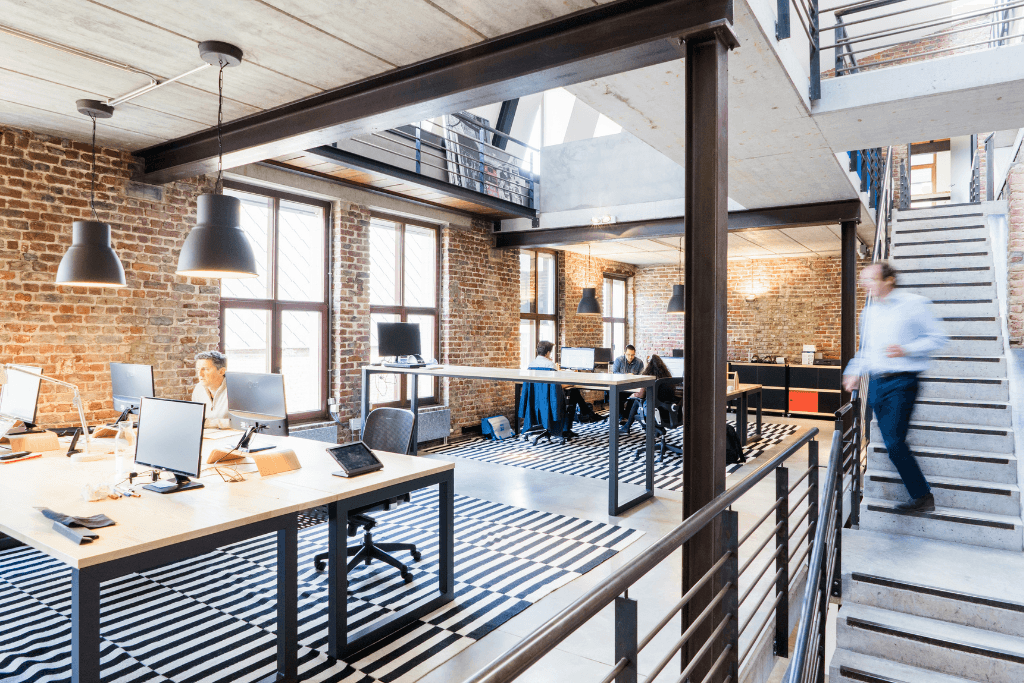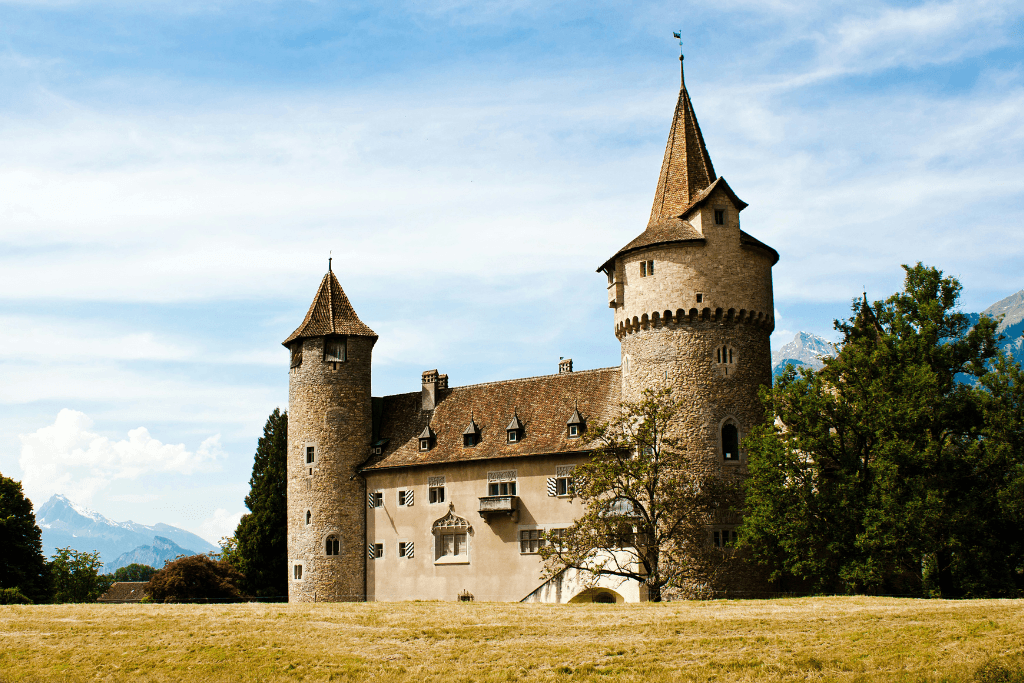There’s only one material in the world that can be used in cooking, making musical instruments, cosmetic products or textiles, and making wind turbines: Bamboo. It’s described by the iconic Japanese architect Kengo Kuma as “the material of the future”.
Bamboo is booming as a construction material, and for a good reason: By far the fastest-growing plant in the world, it’s possible to harvest bamboo within a few years, while hardwood lumber takes 70 years to reach maturity.
Benefits of Using Bamboo in Construction
Even though it’s an extremely flexible and lightweight material that can bend without breaking, bamboo has a higher tensile strength than many traditional building materials such as concrete, brick, and even steel.
As one of the most sustainable materials, bamboo requires very little water and no pesticides or fertilizers to grow, and it can thrive despite poor soil quality. It also produces more oxygen and absorbs more carbon dioxide than trees, making it an effective carbon sink. This biodegradable building material also has excellent thermal performance, meaning it can help to regulate temperature and reduce energy costs.
In addition to its functional uses in a construction project like structural support, flooring, and paneling, bamboo has a natural and unique aesthetic that can add beauty and character to any building.
Even though bamboo has an ancient history of usage in construction, particularly in many pre-modern Asian cultures, it also has a futuristic quality. As there’s an increasing awareness about the properties of bamboo as an ideal construction material in so many ways, hereafter are five architectural projects that exemplify how bamboo is ready to take over modern architecture.
Green Village – Bali, Indonesia
Situated along the Ayung River and surrounded by the emerald-green nature of Southern Bali, Green Village is a community of homes and structures built entirely of bamboo, including houses and yoga studios. The buildings are designed to be sustainable and blend in with the stunning tropical surroundings.
“With very few resources or attention a bamboo shoot can become a structural column within three years, and that house can stand strong for a lifetime,” said Elora Hardy, the creative director of the Ibuku, the firm that was behind this project.
Panyaden International School – Chiang Mai, Thailand
This school, which is nestled among rice paddies in Chiang Mai in Northern Thailand, was modeled after a lotus flower. It was built using a combination of bamboo and other sustainable materials.
The bamboo used in the school’s construction was treated to resist termites and decay, and the design incorporates natural ventilation to reduce the need for air conditioning. But beyond the pragmatic uses, the naturally curvy forms of the school provide a feast for the eyes.
Blooming Bamboo Home – Vietnam
Prototyped by the Vietnamese architecture studio H&P Architects, the Blooming Bamboo Home is made entirely from bamboo and was designed to be a low-cost, sustainable housing solution for low-income families.
This compact home costs around USD 2,000. It can be assembled in 25 days, by the vulnerable populations in Vietnam who face increasing risks of extreme weather events and flooding.
The Bamboo Courtyard Teahouse – Yangzhou, China
The Bamboo Courtyard Teahouse, designed by HWCD Associates, is a modern interpretation of traditional Chinese architecture. It’s organized as a cluster of floating cubes on a lake in Yangzhou, situated in the Northwest of Shanghai.
The teahouse is made of a steel frame with bamboo cladding, which gives the building a natural, organic feel. The use of bamboo as a cladding material is an innovative way to use this versatile material in modern architecture.
The Luum Temple – Tulum, Mexico
Situated in Mexico’s Mayan Riviera, the Luum Temple is a wellness center inspired by the ancient Mayan concept of “luum”, which means “source of life”.
The temple is intended to be a place of healing and renewal, and its design reflects this intention: The five-sided catenary structure with an impressive thatched roof was constructed primarily of bamboo and other natural materials, including wood and the local Zacate grass, with features such as a rainwater collection system and a composting toilet.







